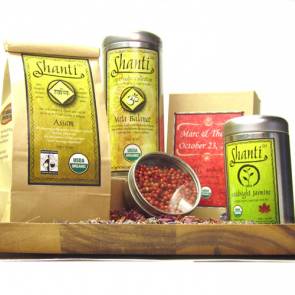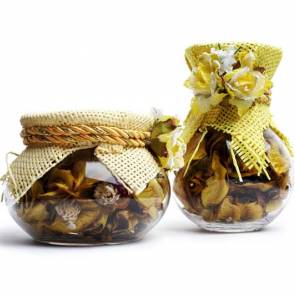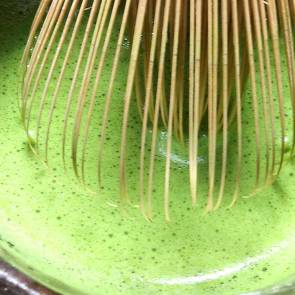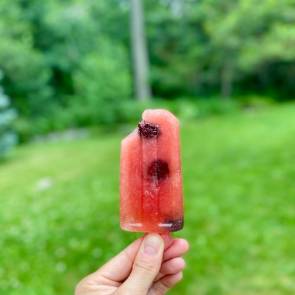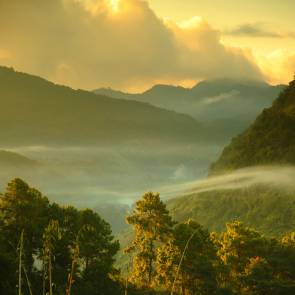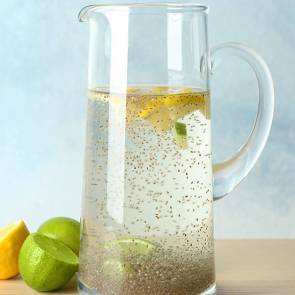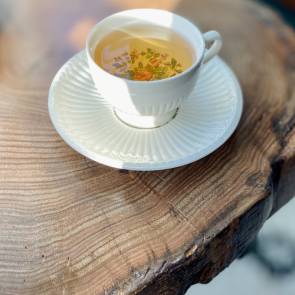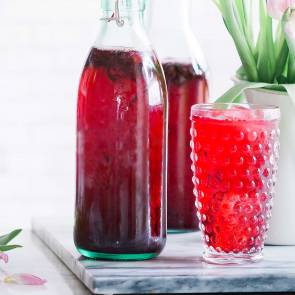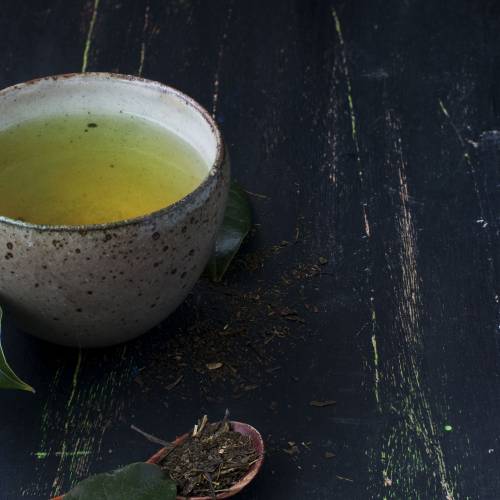
Tea in Japan has deep roots; it is involved in many aspects of Japanese traditions and culture. From the tea ceremony to tea infused sweets, tea can be found everywhere you look. It is the most consumed beverage in Japan, the most popular variety being green tea. 99% of tea production in Japan is green tea.
If you are familiar with Japanese teas, you have likely heard of Sencha and Matcha, the two most produced green teas from Japan. The name of the tea tells us everything we need to know. Some areas of the world name the tea after the region, Japanese teas are named after the style of tea production and the quality of the tea. Tea in Japan is referred to as ‘ocha’.
Before we get started – remember, the quality and temperature of your water matter! If you really want to get the complete experience, we’ve included some notes on the best preparation method. Use clean, filtered, cold water. Do not boil water, heat to 70°C. If you don’t have a kettle that will measure temperature, or a thermometer, here are two tricks:
- Boil water. When bubbles first start to form, remove kettle from heat.
- Boil water. Remove from heat and allow to cool for 5 minutes.
Another tip – pour water along the side of the cup, not directly onto the tea leaves.
Starting with the highest quality leaves, here are some of the popular Japanese teas:
Gyokuro
Growth:
Shade grown plants. In the final month before harvesting, the plants are shaded*
Harvest:
First flush leaves are used in the production of gyokuro
Processing:
Steamed as quickly as possible to prevent oxidization, then rolled into the well-known needle shape, thin and short pieces.
Profile:
Sweet, mild flavour
Brewing:
There are more complex instructions for gyokuro, but to get started, here are a few simple tips. Generally, use more gyokuro than you would other teas. 1.5 heaping teaspoons per 8oz water. Use a lower temperature water (60°C instead of 70°C). Infuse for 90 seconds, up to 2 minutes.
Reserve the leaves! You can use this tea for multiple infusions.
Matcha
Growth:
Shade grown (last 20-30 days of growth are shaded)
Processing:
Once harvested, Tencha tea leaves are steamed, dried flat, veins and stems removed from each leaf, and then ground into a fine powder.
The most desirable matchas are typically blends of different leaves to achieve the perfect flavour.
Profile:
A sweet mellow flavour, vegetal notes, creamy finish. Look for matchas which are vibrant green in appearance.
Brewing:
Matcha is used in the Japanese tea ceremony. One of the great benefits of matcha is that you are consuming the entire leaf. Because of this, it is important to properly whisk the matcha and drink it right away to ensure you get all of the tea leaves.
Use hot water, approximately 85°C.
Add 2/3 tsp of matcha to the bowl. Pour 4oz hot water slowly from the side of the bowl. Grab your whisk and with a gentle back and forth motion, whisk your matcha until a thick, creamy foam develops. Start slowing down the whisking action once foam develops to break any large bubbles. Only small bubbles are desirable. Drink immediately.
Shanti Tea offers several varieties of matcha. To drink straight matcha, try our Premium Matcha or Ceremonial Matcha.
Sencha
The most produced green tea in Japan, accounting for approximately 70% of Japanese tea production. There is a large range in the quality of sencha.
Growth:
Sun grown
Harvest:
The quality of Sencha depends on the harvest. Early spring (first harvest, or first flush) yield the best quality of Sencha.
Processing:
Steamed as quickly as possible to prevent oxidization, then rolled into the well-known needle shape. Higher quality senchas will be smaller and thinner leaves, while lower grades will be larger and wider particles.
Profile:
Due to the range in quality for Sencha, the profile may be quite different. A quality, first flush sencha will have a mild vegetal taste, with an almond, buttery finish. Smooth mouth feel. The appearance will be dark green with small, needle shaped leaves.
Brewing:
Infuse 1 heaping teaspoon in 8oz hot water (75°C) for 1 minute. The leaves can be reused for multiple infusions. To achieve a stronger flavour, use more tea leaves, do not infuse for longer.
Shanti Tea offers a grade A Sencha from Japan.
Genmaicha
Genmai is the world for unpolished brown rice. It is generally believed that genmaicha resulted from a need to extend the life of tea, and/or a method to double the amount of tea. Since the ratio of tea to rice in genmaicha is usually around 1:1, it seems likely that rice was added to tea as an inexpensive method to increase the amount of tea. Today, genmaicha is consumed all over the world, but it was once looked upon as tea for the poor.
Some refer to genmaicha as ‘popcorn tea’, because of the rice kernels which pop during the brown rice toasting process.
Growth:
Sun dried – traditionally bancha leaves are used in the production of genmaicha, although today you will find genmaicha made with sencha leaves, houjicha, even gyokyro, and some which contain matcha as well.
Harvest:
Typically a later harvest, first flush teas are reserved for those which will be consumed straight.
Processing:
The rice is soaked in water, then steamed. After steaming, the rice is dried. Once dry, rice is roasted. New processes mean fewer popped rice (it looks like popcorn), but some estates will add popped rice to the finished product for a traditional look.
Profile:
Toasted, nutty and slightly vegetal. Although not the best quality, the flavour is very interesting. This tea is worth trying!
Try our Genmaicha which uses a higher grade green tea leaf than many other Genmaicha's you can find on the North American market.
Kukicha
Kukicha, ‘twig tea’, is made entirely of twigs, usually the remainder left over from the production of Sencha and Gyokuro.
Growth:
Kukicha is made from the twigs and stems of Sencha and Gykuro, so growth depends on the plants used.
Processing:
There are different types of kukicha in the market. The two main options are green or roasted.
Profile:
Creamy, slightly nutty, hints of grass/vegetal notes. As this tea is not made using the leaves of the plant, it is much lower in caffeine than other types of tea.
Brewing:
Infuse 1 heaping teaspoon in 8oz of hot water (around 75°C) for 1-2 minutes.
Kombucha
"Kombu" tea - Kombucha has made it on to this list as a point of interest. You may have heard of kombucha, the fermented beverage made from tea, sugar and bacteria. In Japan, Kombucha is very different. It is made using seaweed (kombu) and infusing it like a tea. Kombu is a popular soup base, but is also used in tea and often served as a welcome drink at Japanese style inns (known as Ryokan in Japan). The flavour is salty and umami rich and full of minerals.
Brewing:
To make Japanese-style Kombucha at home, find some quality, organic kombu seaweed, chop finely and add a heaping teaspoon to a cup full of boiling water. You can also add some green tea if you wish.
* Why shade plants? The shade prevents the amino acid L-Theanine from converting to catechins (polyphenols responsible for the bitterness in some teas). L-Theanine is known as the “feel good” amino acid.


